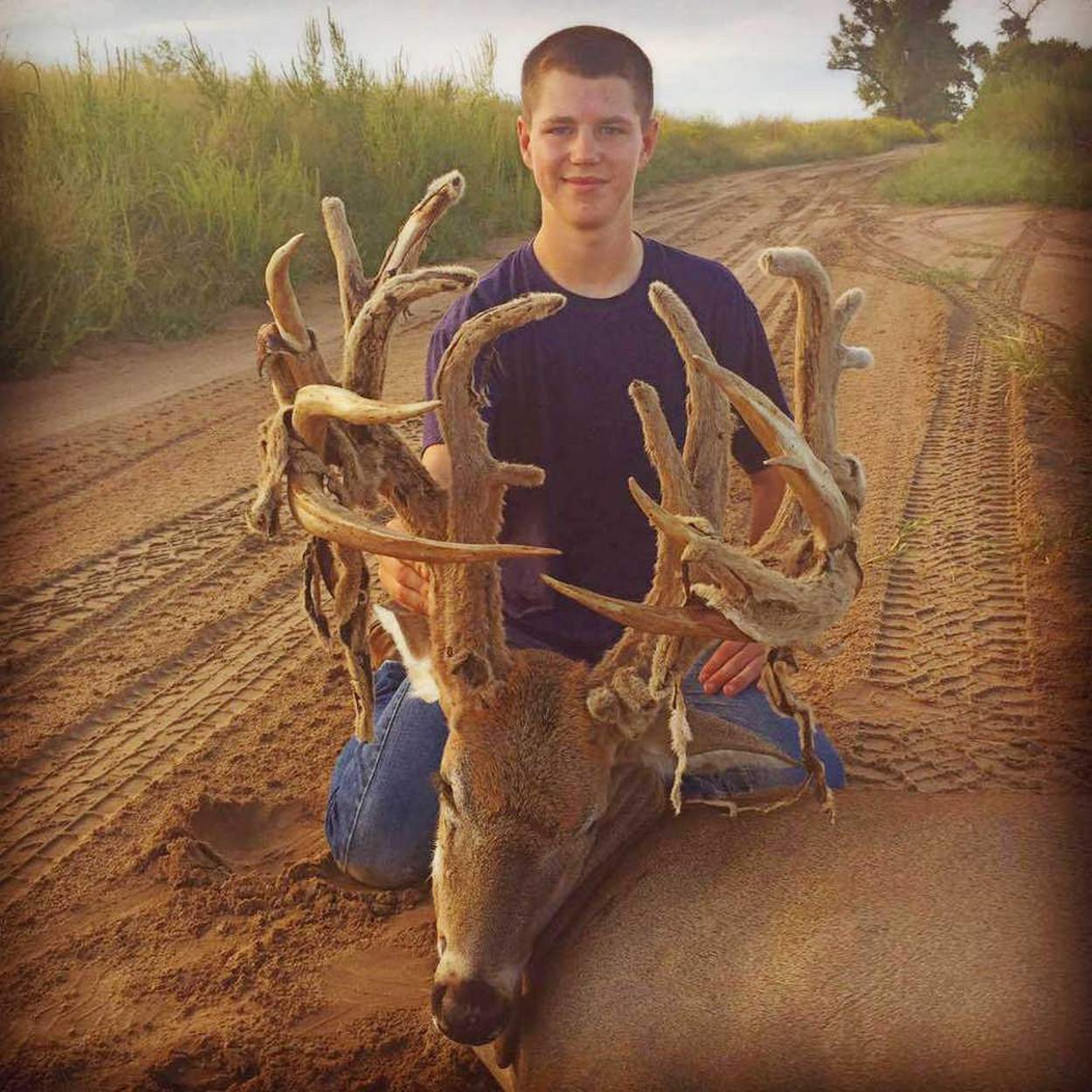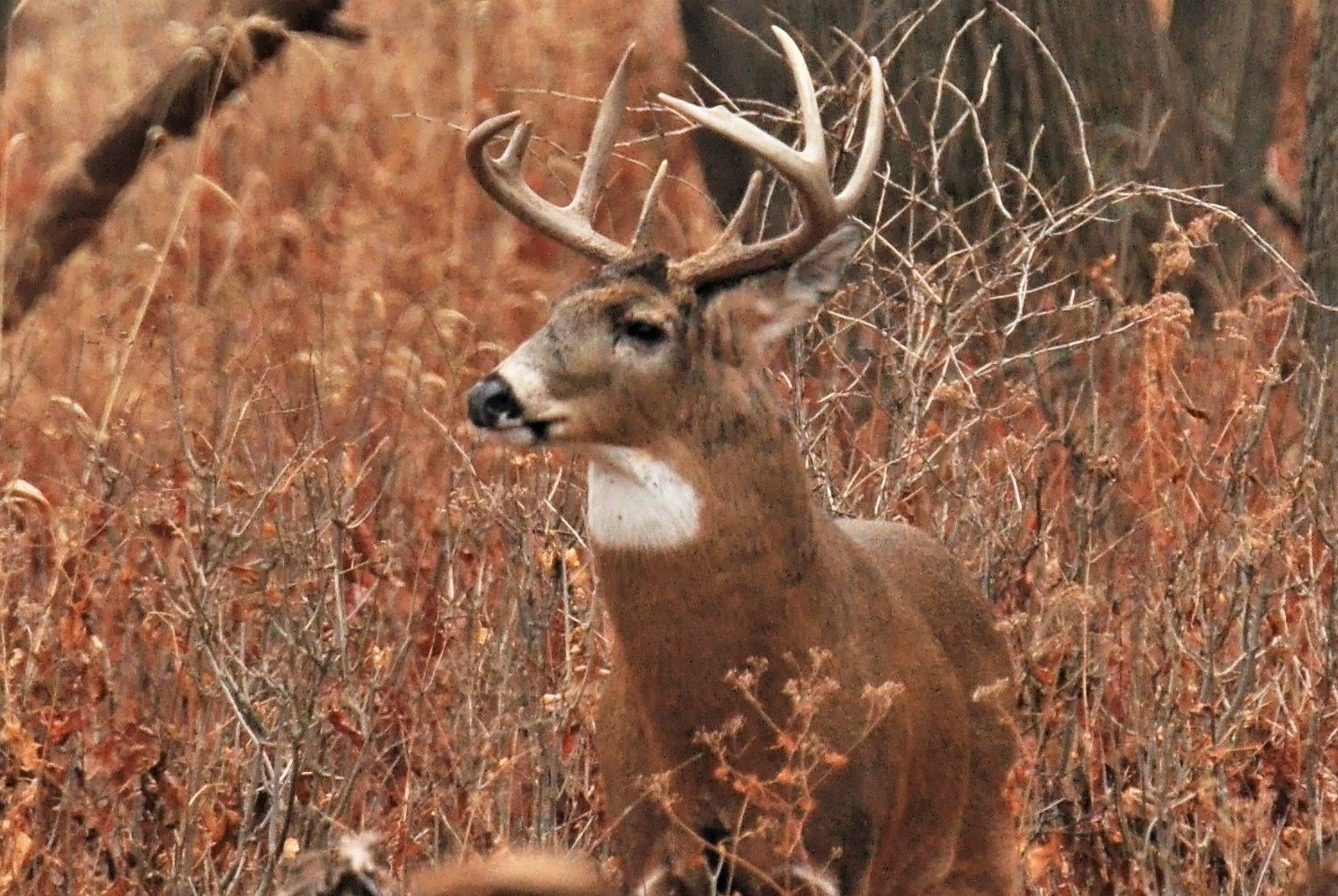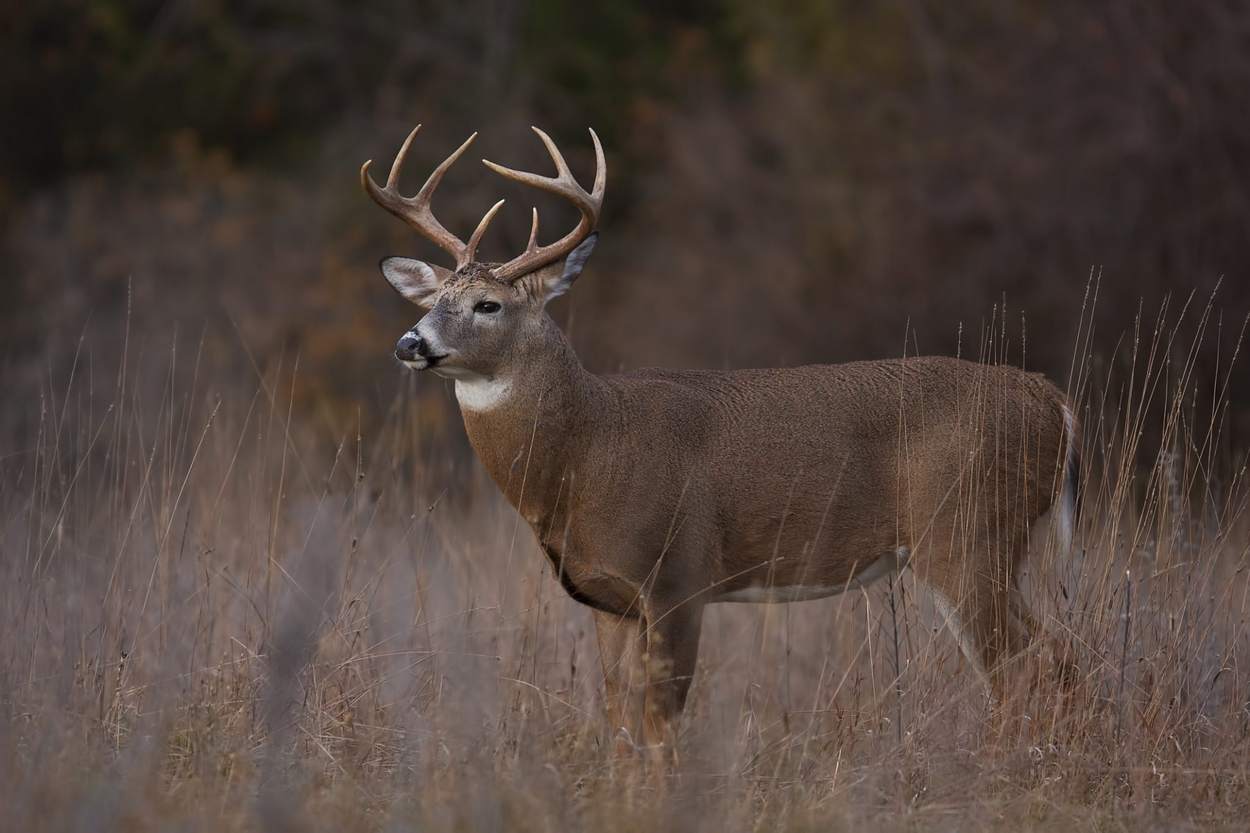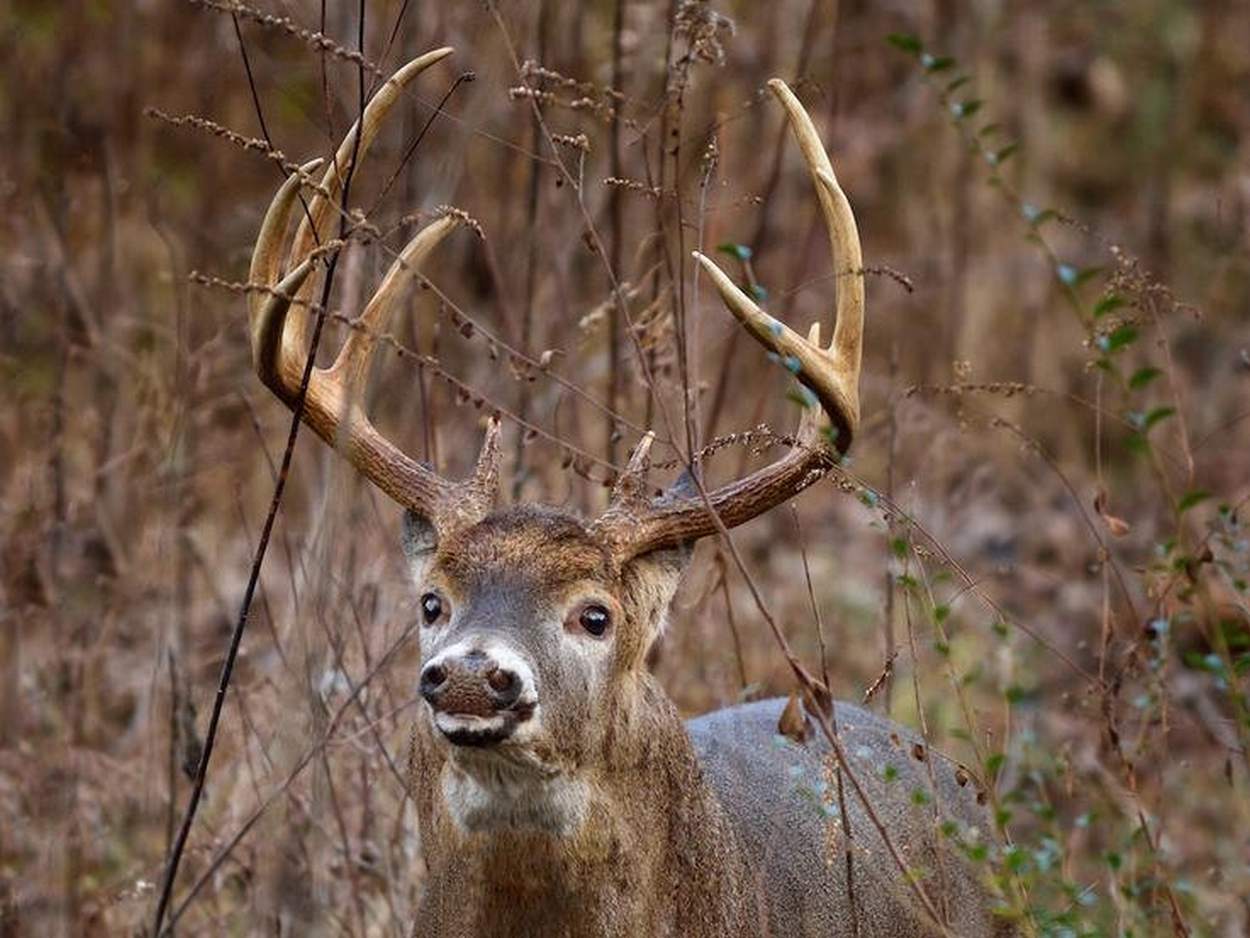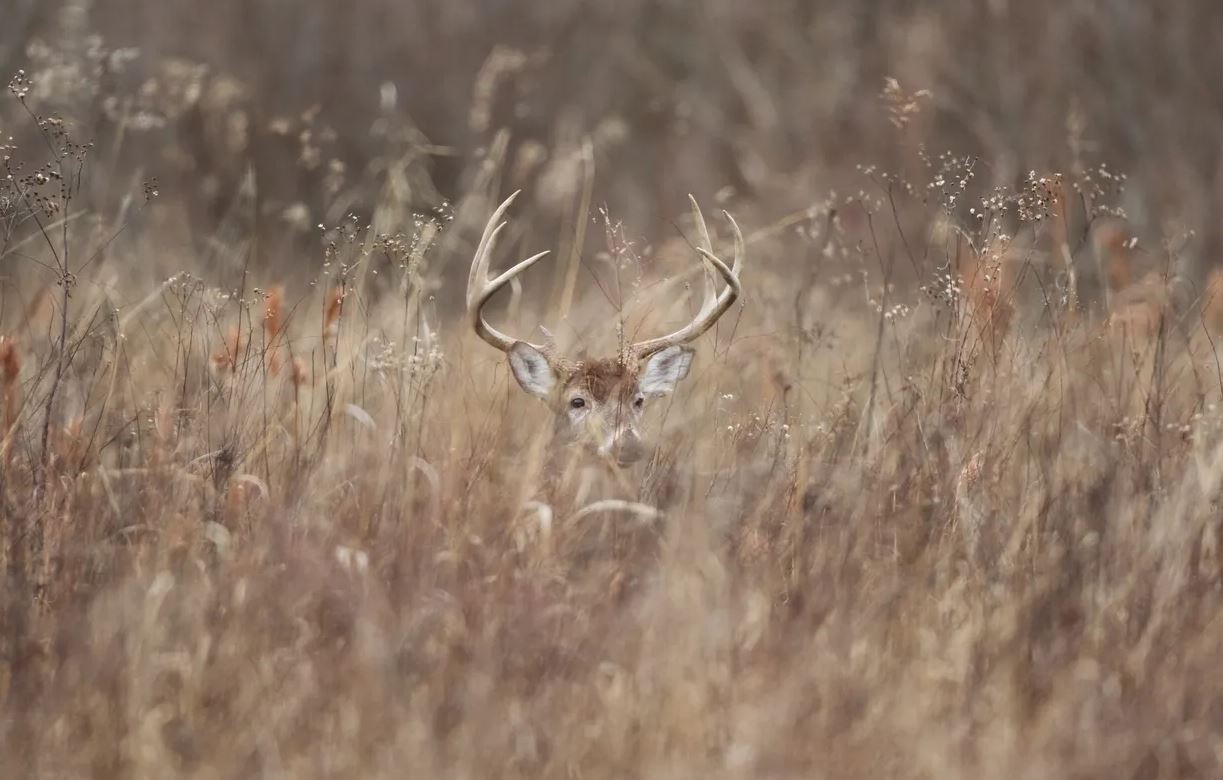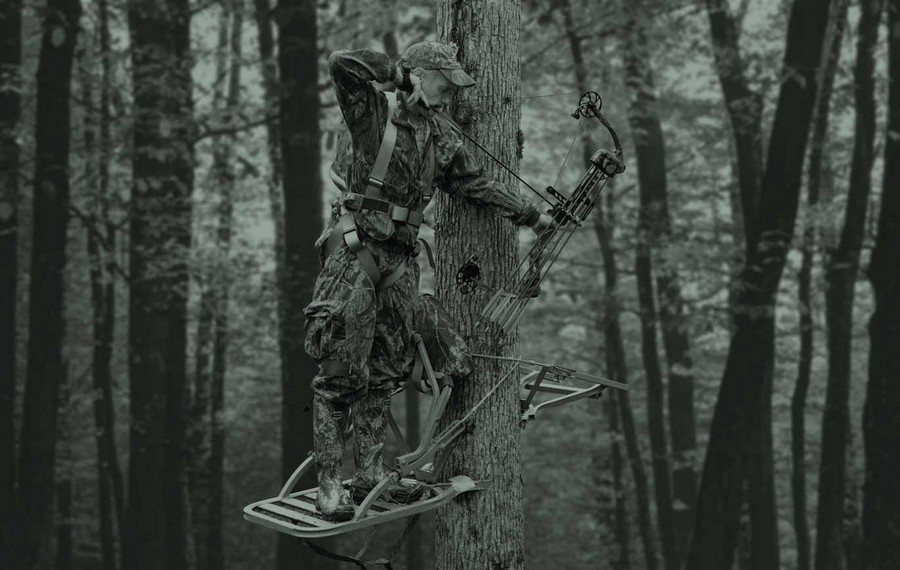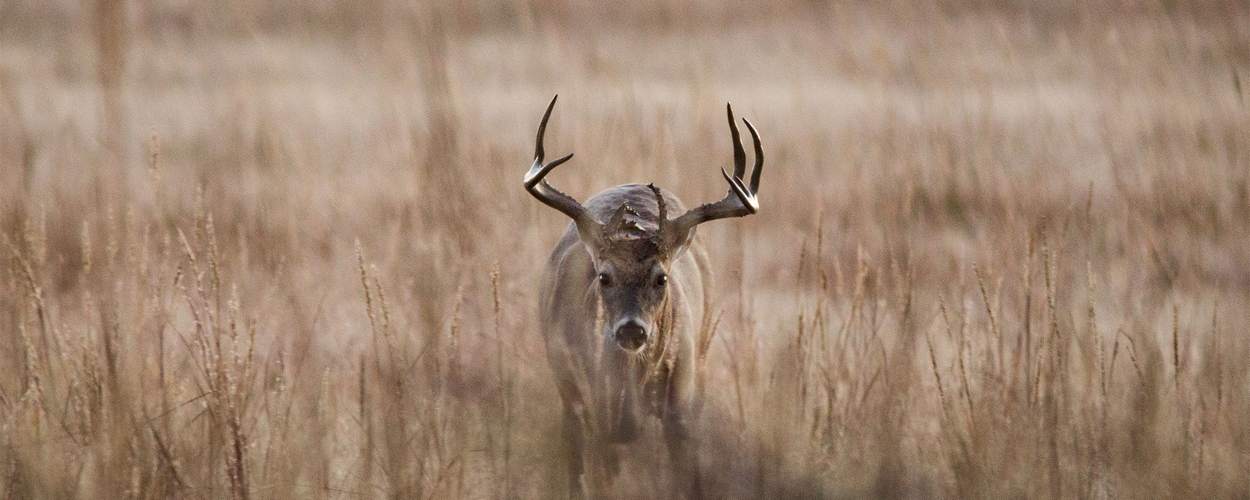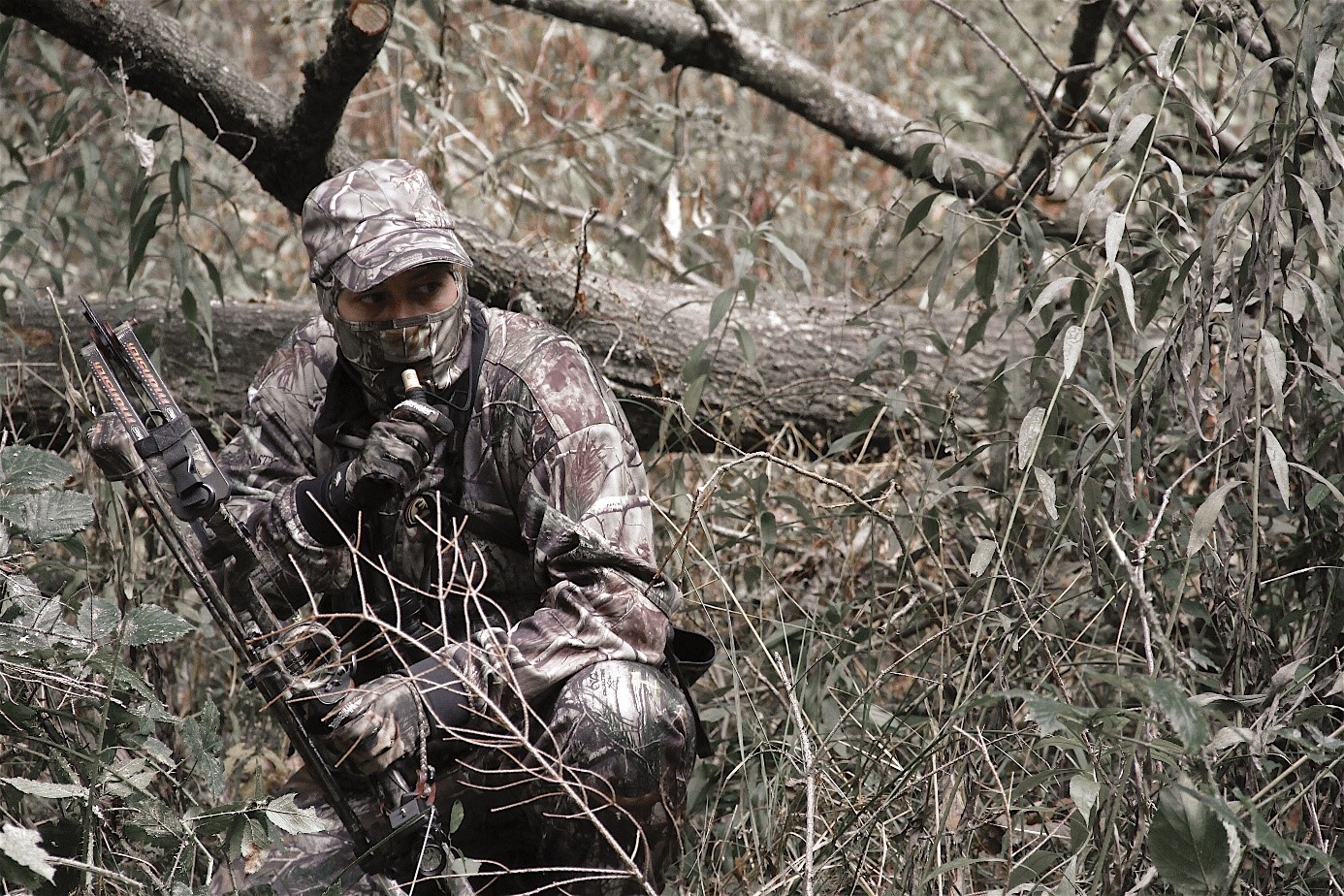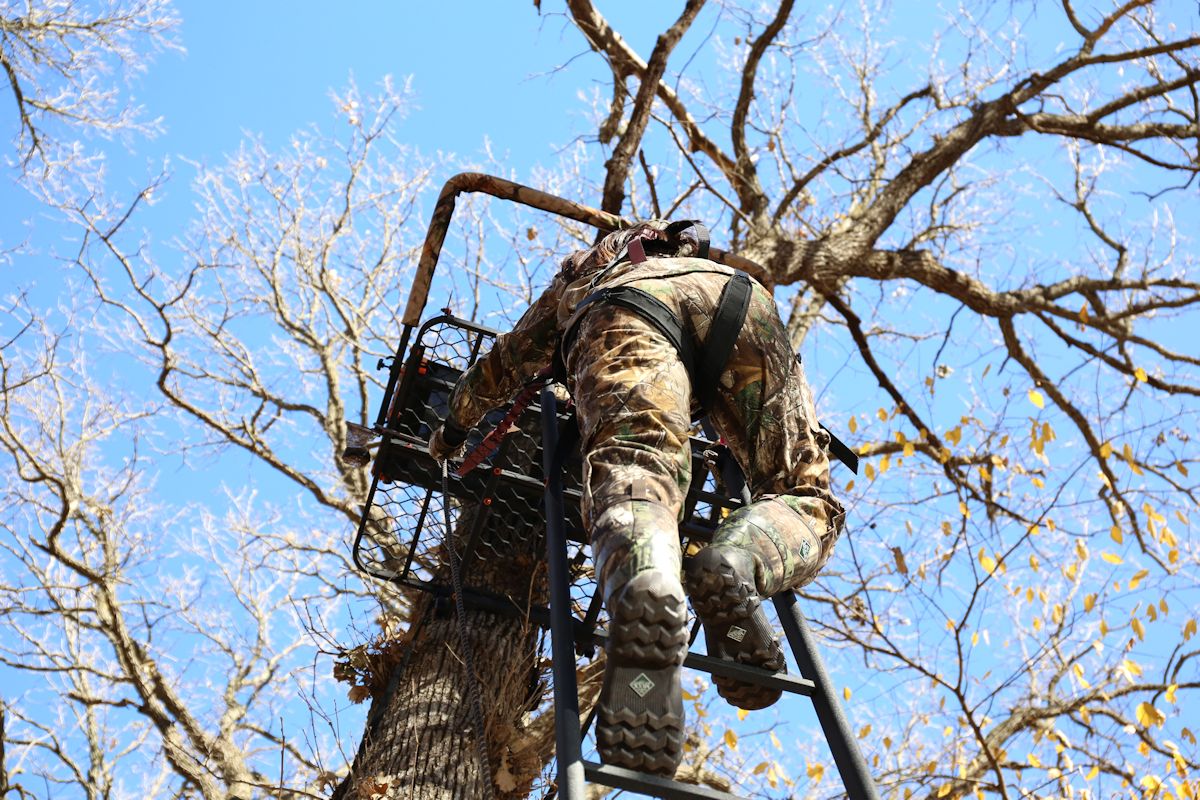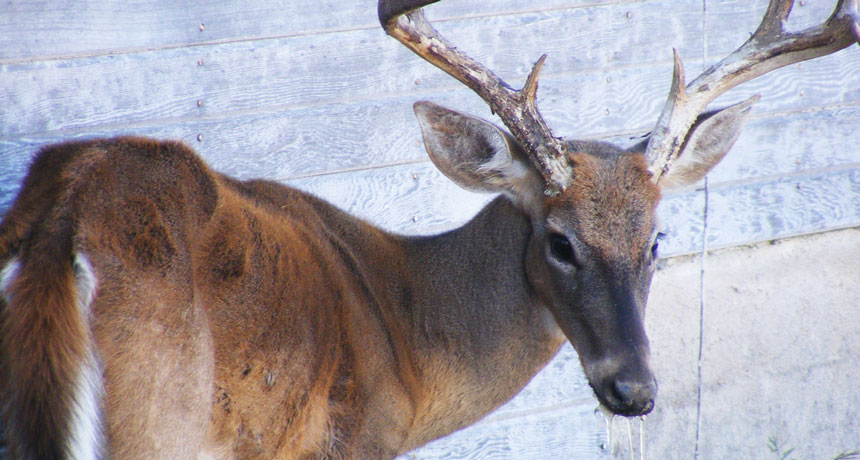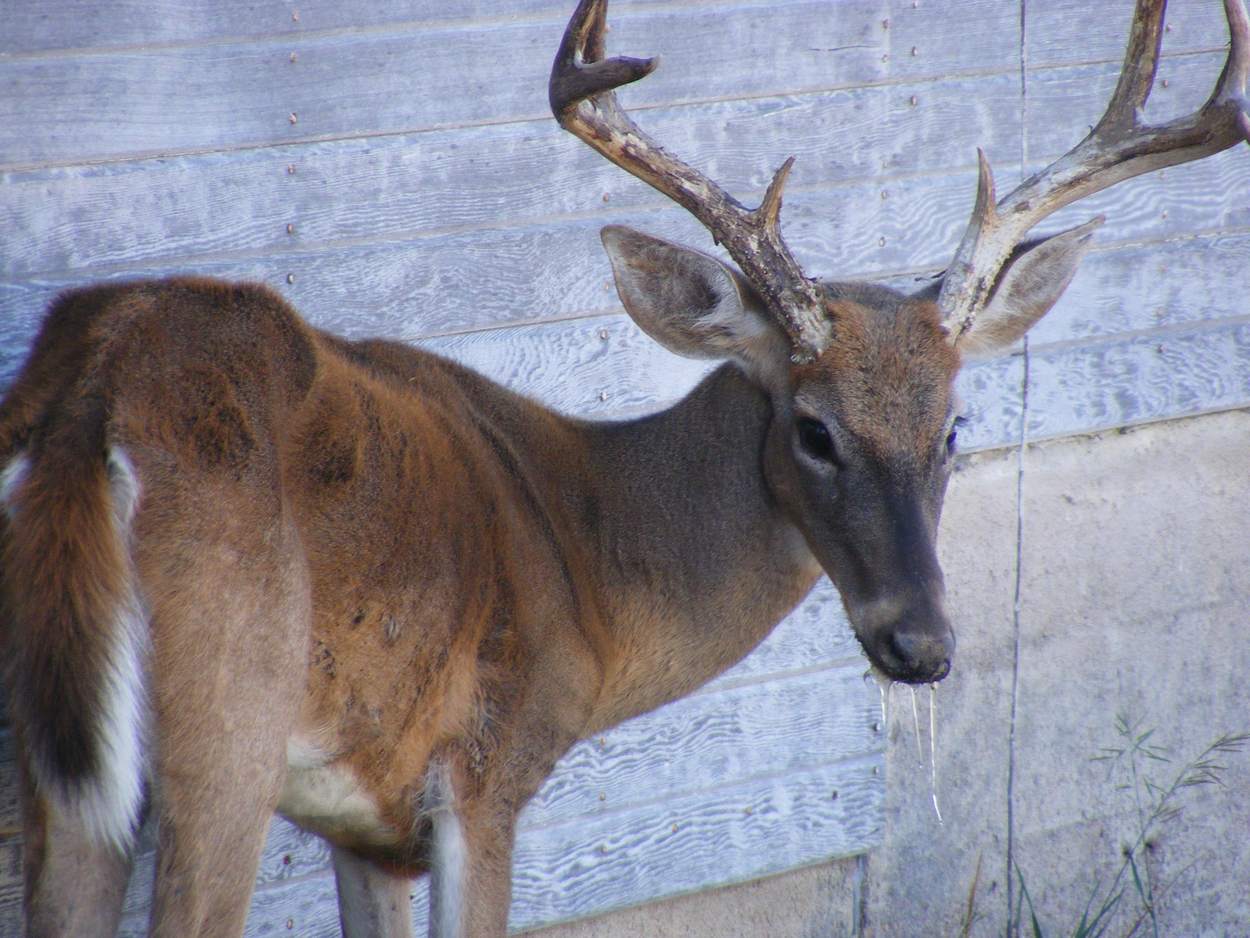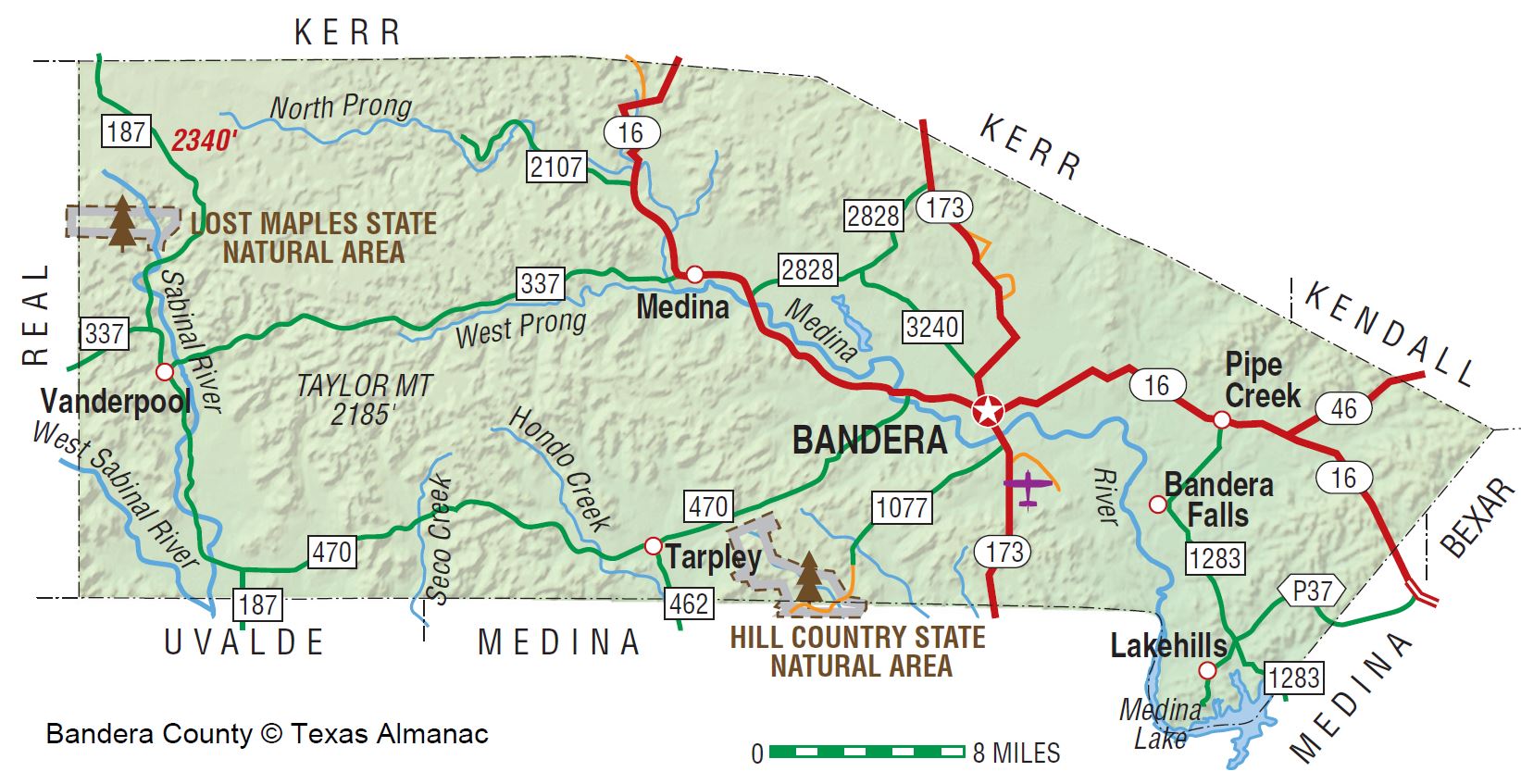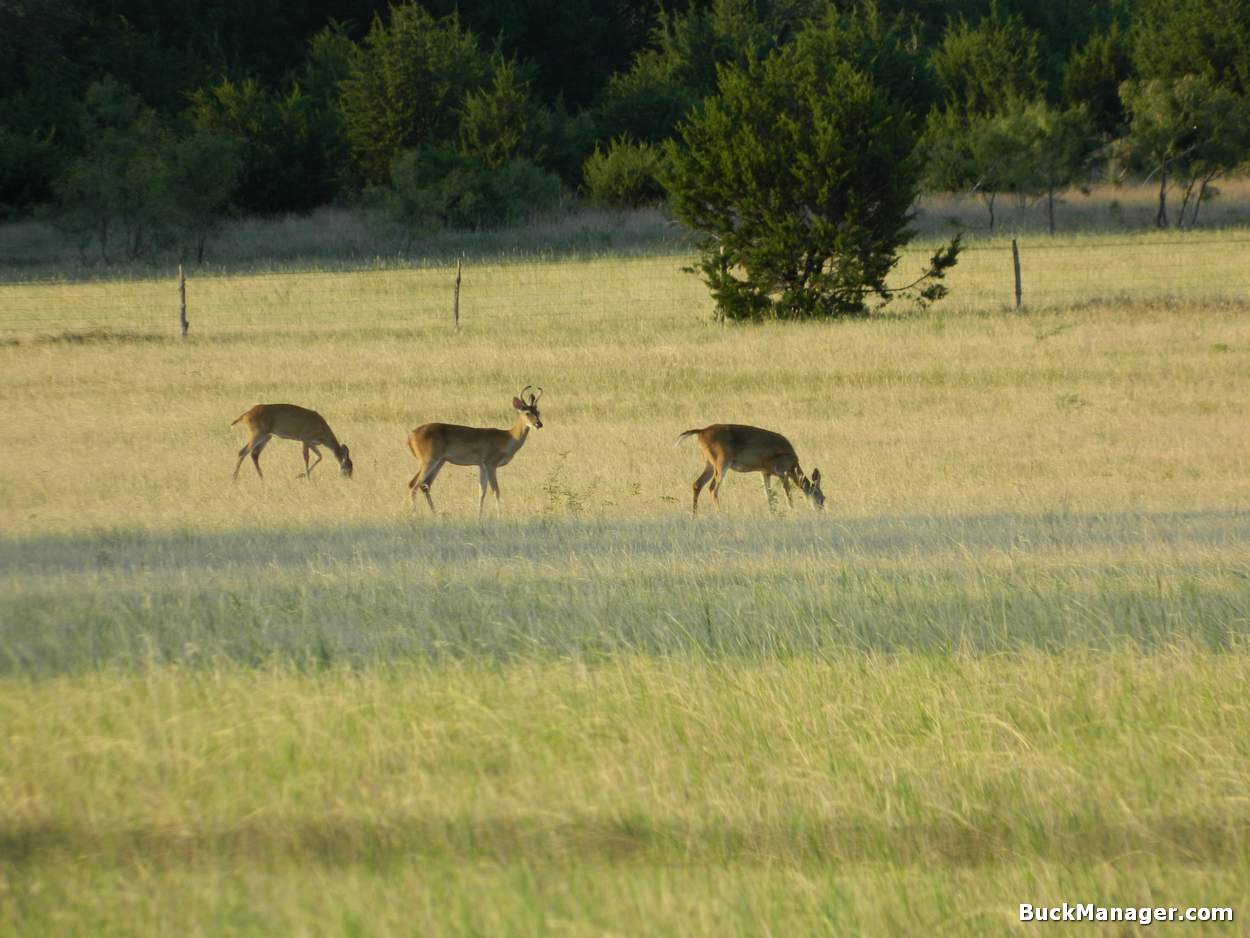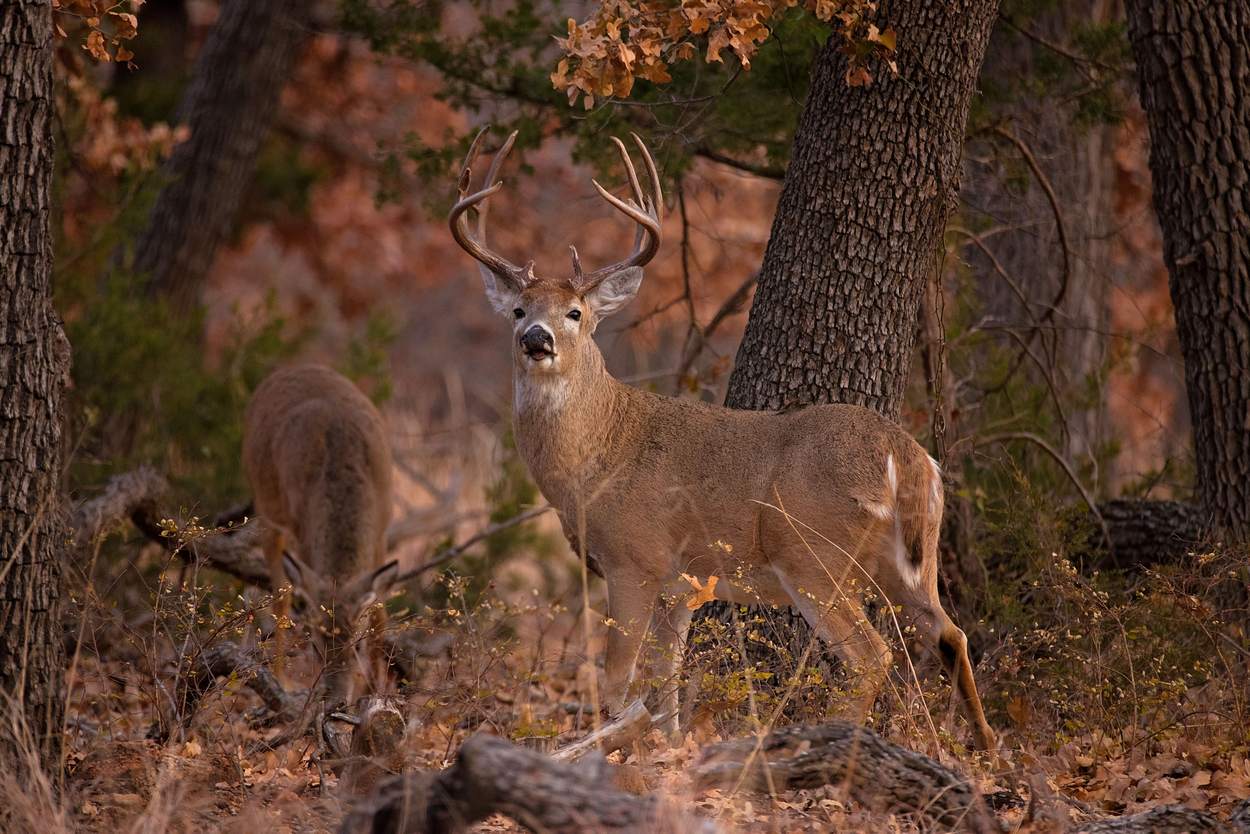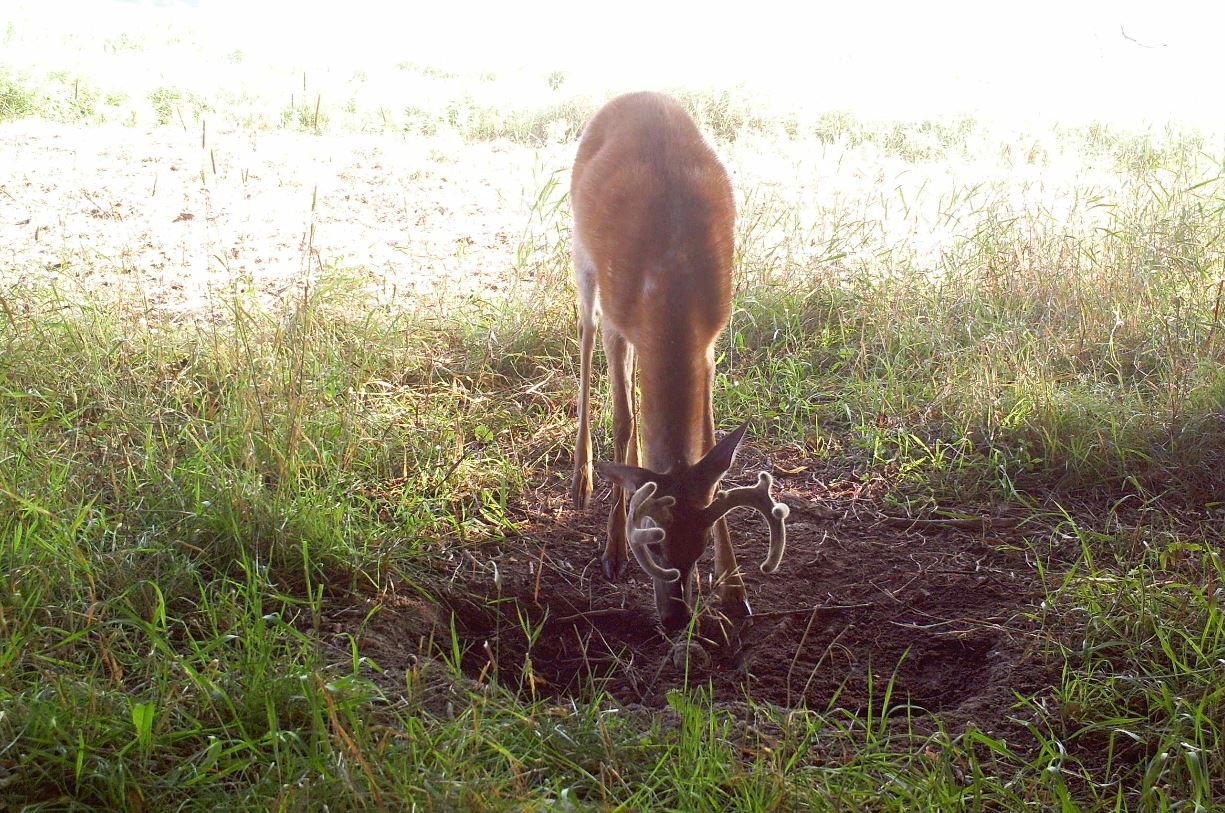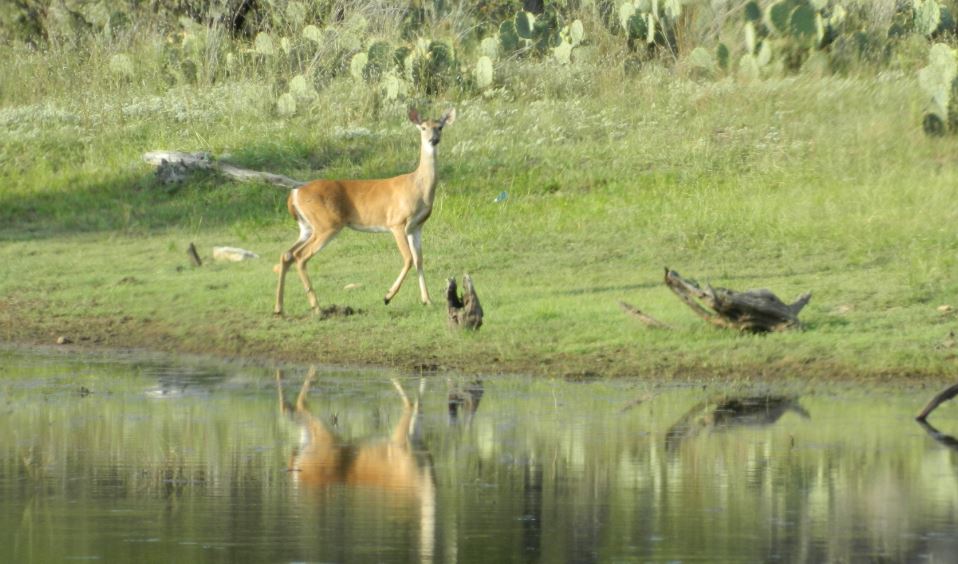Big Buck Down in Kansas
Still waiting to catch a big nontypical buck in one of your game camera photos? Me, too. Seeing a big buck in one of my camera photos always gets me pumped up, but nothing beats seeing that deer in real life. And putting a tag on him is the best. We aren’t yet up an running in Texas, but in many states the white-tailed deer hunting season is already open!
And some hunters are making the most of an open season. Sixteen-year-old Clayton Brummer tagged this half-velvet nontypical in Stafford County, Kansas, on September 8 during the state’s youth season. After an encounter with the big buck earlier in the season, Brummer got a second chance while sitting on stand with his father near the confluence of two cultivated fields.
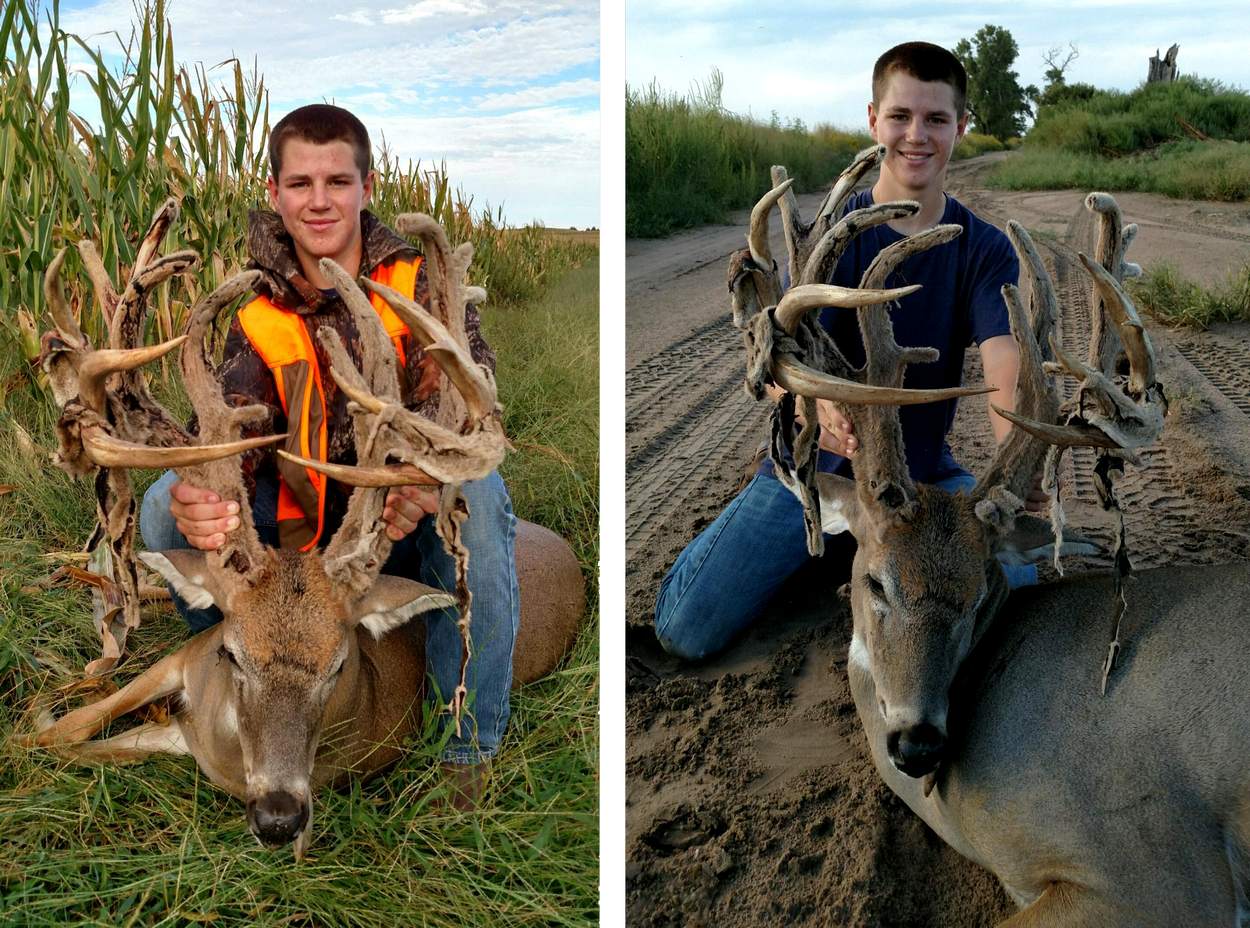
A few hours before dusk, the 21 point nontypical buck appeared in the milo field they were watching and trotted down the rows before disappearing into a large cornfield. While sitting on pins and needles, the giant buck emerged from the corn at 30 yards with tattered velvet still adorning his nontypical antlers.
With years of whitetail hunting experience already under his belt, the teen wasted no time in making his shot count. The buck dropped. I can only imagine the look on his face after the shot. I bet that smile got even wider as he approached the giant buck.
Hunting a Nontypical
Source: Brummer said it was still several hours before dark when they watched the buck rise from the milo, running down the rows shaking its head as it tried to avoid insects as it headed in to the large field of unharvested corn.
“All we could do was sit, wait and watch,” said Brummer. “We knew he was in the corn and that he’d probably have to come out sometime.”
He said he was surprised when the buck stepped out at about 30 yards and there wasn’t even time to alert his father, who was looking through binoculars at other parts of the field.
“It all just kind of runs in the family,” he said. “My dad and I try to get older deer and let some of the younger deer grow. We do take some management bucks.” That’s normally a term given to a buck with inferior antlers that trophy hunters don’t want to breed and pass along such genetics.
The Brummers live and hunt in Stafford County, one of America’s best-known trophy whitetail areas largely because of outfitted hunts featured on outdoors television. Such attention can make finding places to hunt difficult for middle-class residents. Brummer said he is blessed, and thankful, to know a few landowners who avoid offers of leasing so they can share deer hunting ground with their friends.
Deer Hunting in Kansas
Kansas is well known for producing quality whitetail bucks year after year. Not all of them are 21 points and of the proportions of the one shot by Brummer, but the state generally has some very healthy deer. That quality may be under pressure as deer populations in some parts of the state continue to rise. When it comes to free-ranging whitetail, having quality and quantity is a balancing act.
READ: Giant North Carolina Buck is a Fake
Having too many deer puts pressure of the food supply, and that results in smaller deer. Too few deer and hunting opportunities become slim. It’s the same on any ranch, farm or forest land. If you have or lease property for hunting, consider managing the local deer herd to meet you goals. Otherwise, Kansas is always an option!
